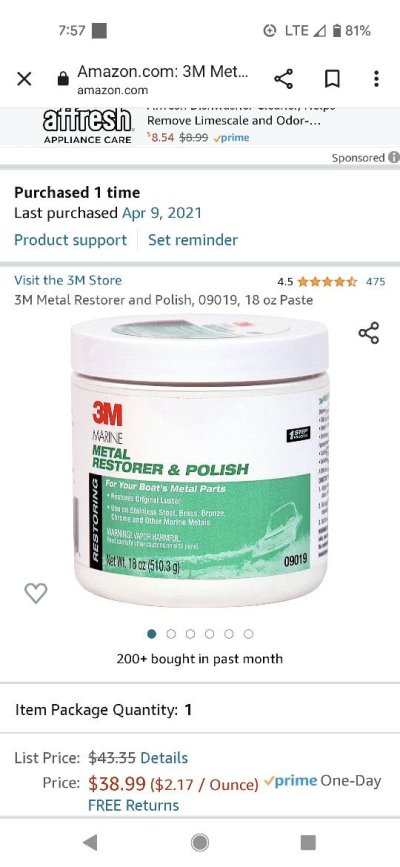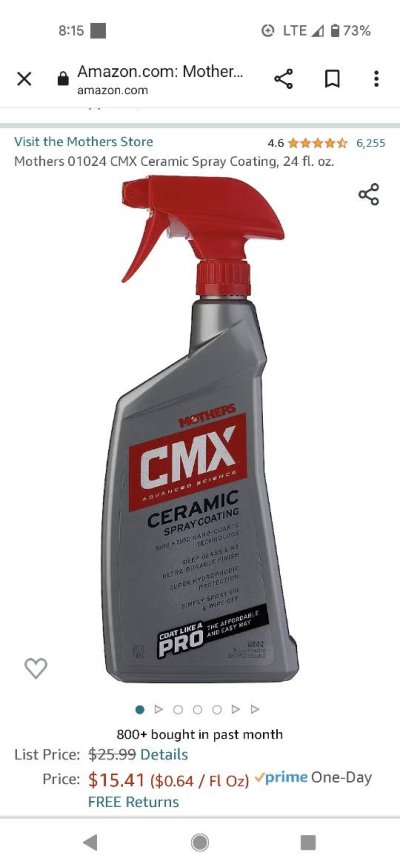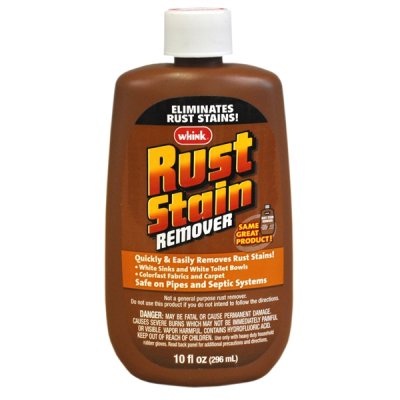Hi Everyone,
Wanting to know the best way to clean stainless steel which has signs of surface rust? Nothing bad... just tea staining. But what does everyone do to clean it off and make it look bright and new?
And what is everyone using to prevent it?? Any solutions?
Cheers!
Lyndon.
Wanting to know the best way to clean stainless steel which has signs of surface rust? Nothing bad... just tea staining. But what does everyone do to clean it off and make it look bright and new?
And what is everyone using to prevent it?? Any solutions?
Cheers!
Lyndon.



